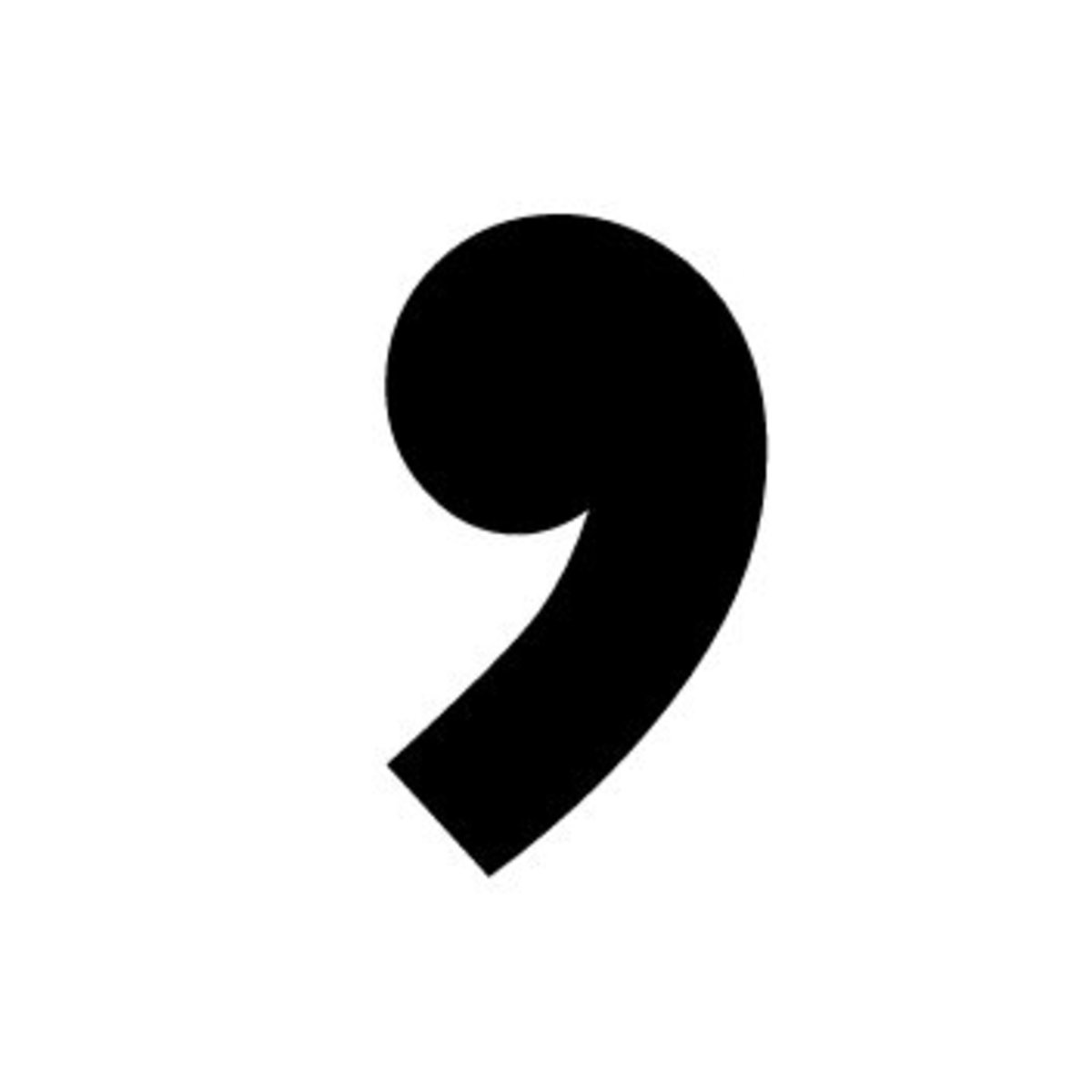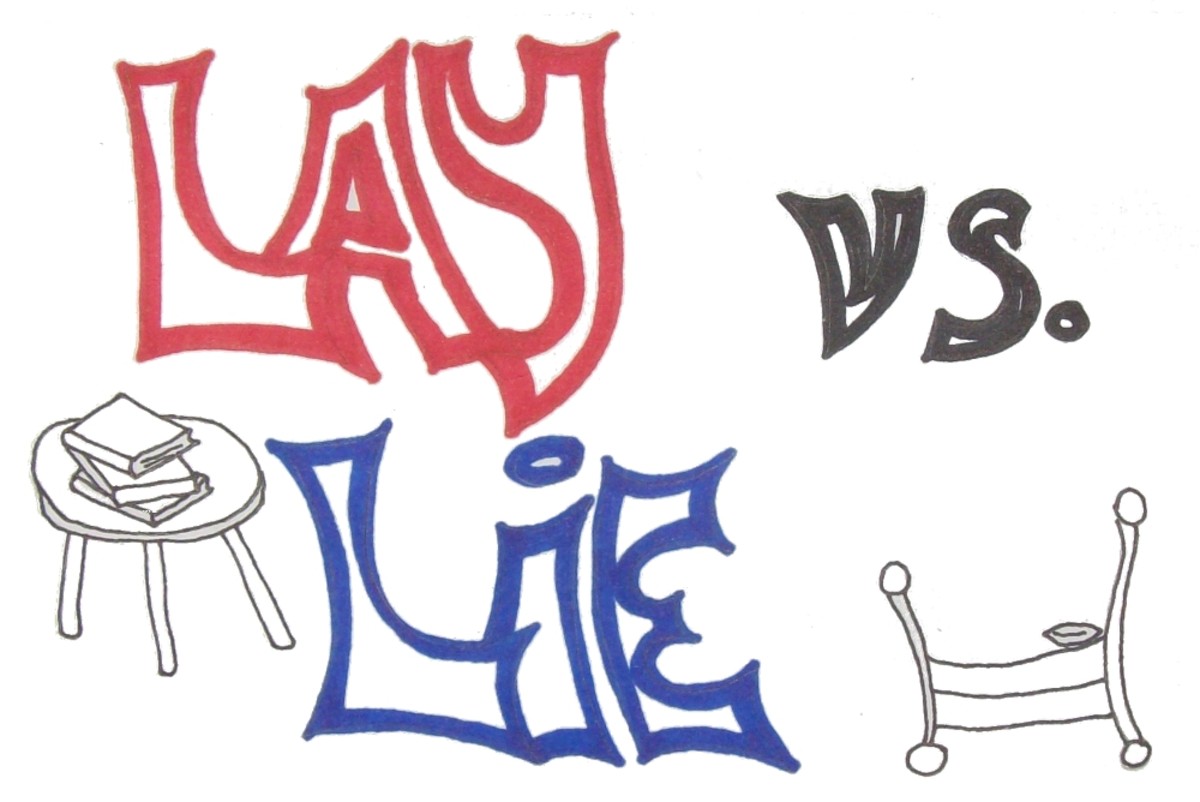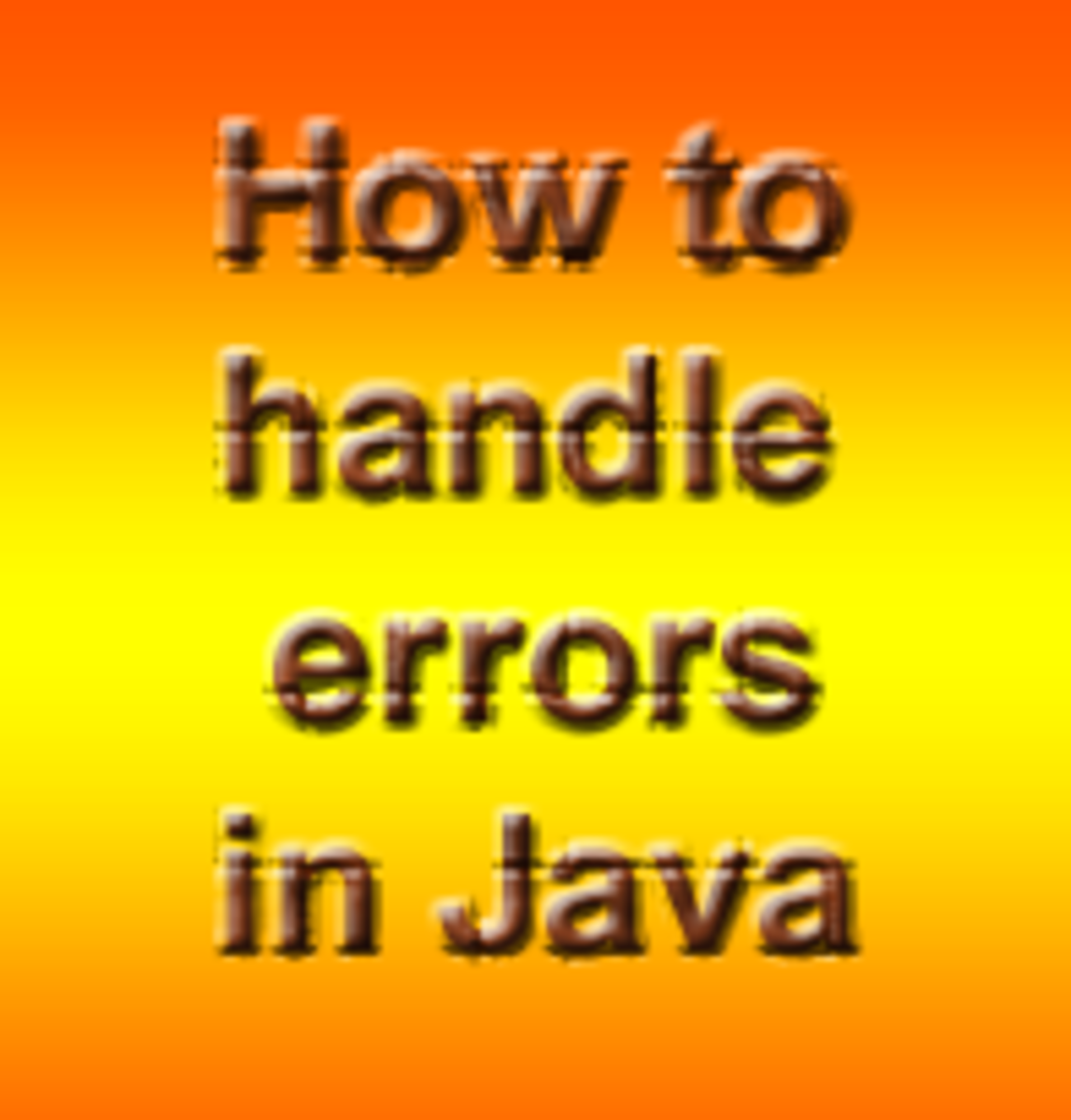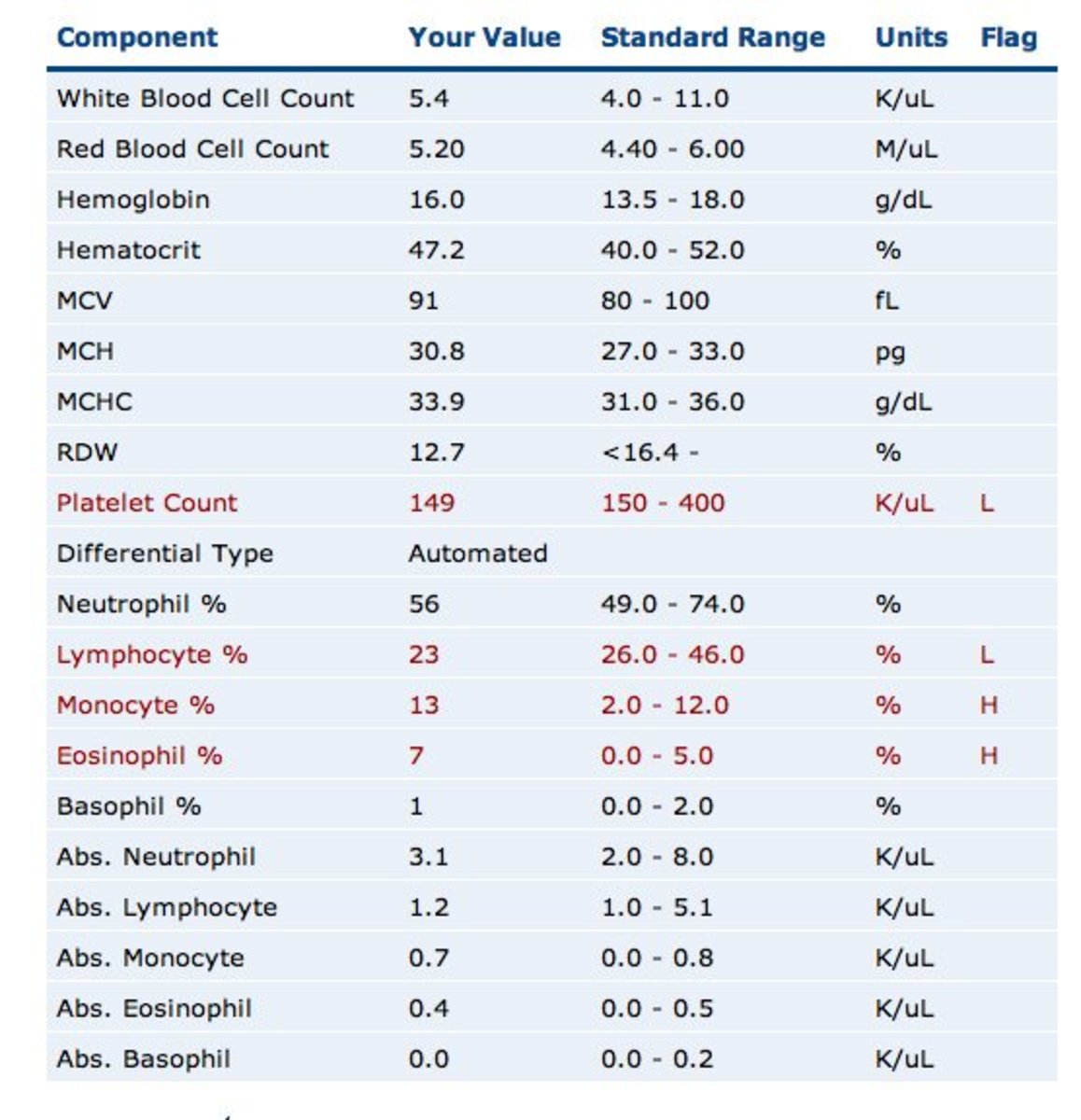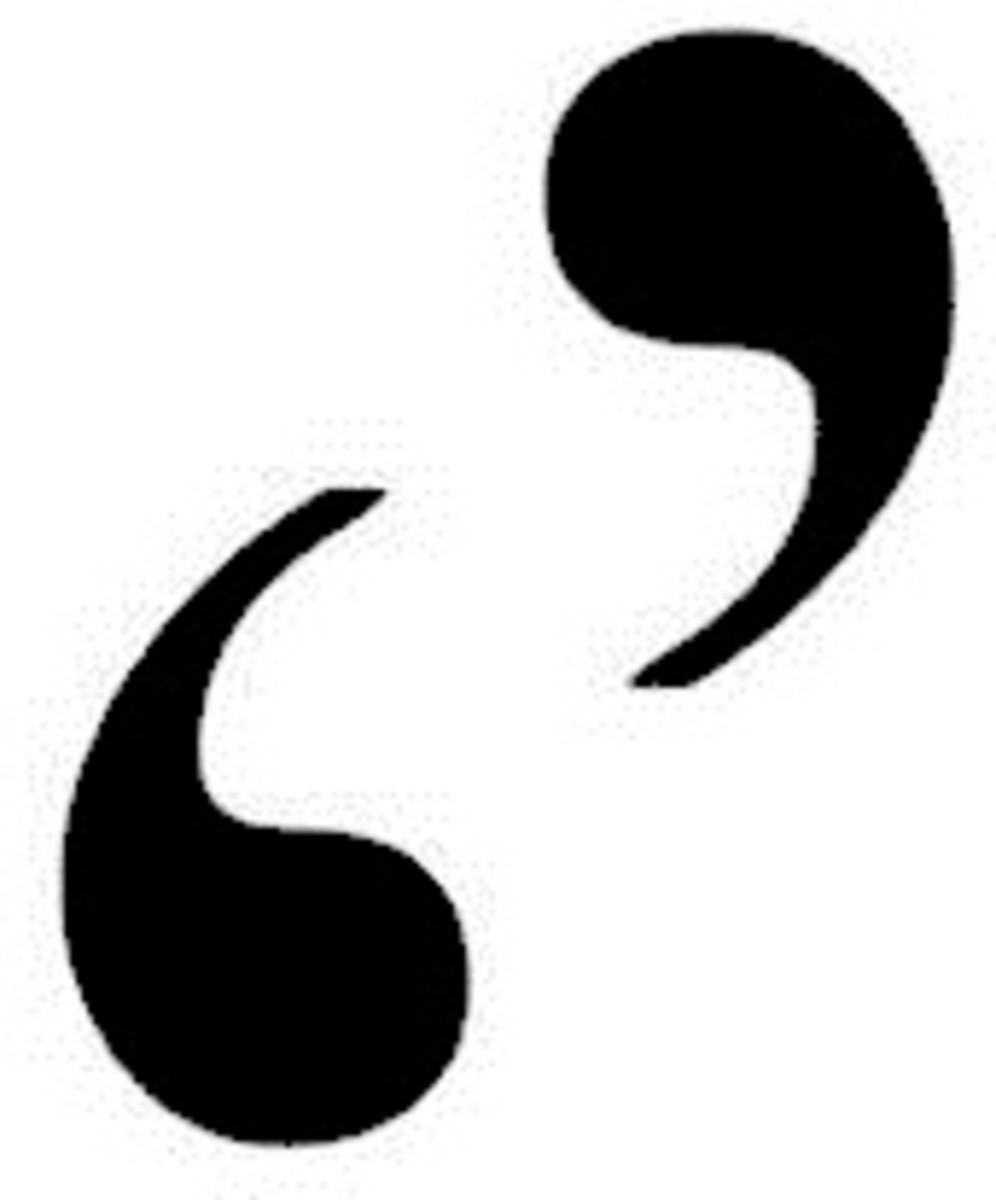- HubPages»
- Books, Literature, and Writing»
- Commercial & Creative Writing»
- Word Usage & Grammar
Quick Fix: Microsoft’s Top 10 Grammar Errors

Quick Fix
Writers received a windfall of good fortune recently when Microsoft identified ten sloppy writing errors: “Using data from millions of its subscribers, Microsoft recently rounded up a list of the top 10 grammar mistakes in the English language. The data comes from people who use Microsoft Word and/or Outlook, both of which come with a tool called Editor.”
How to Use this Research
Research distillations like this provide a rare opportunity for writers to rapidly advance their skills because distillations highlight only the most common mistakes, so writers can attack their error patterns with precision and efficiency.
Who Needs It
Most of us who write already understand the importance of good grammar and usage. However, everyone else needs to learn to spot and correct these errors, too. According to Nicole Michel, linguist and project manager at Microsoft, "If you send a CV to a potential employer and it's full of grammar or spelling mistakes, it's going to show carelessness and lack of attention to detail. . .that you're not really putting emphasis and importance on the task."
The Infamous Ten
- Too many spaces between words
- Missing comma
- Missing comma after introductory phrase
- Missing a hyphen
- Incorrect subject-verb agreement
- Incorrect Capitalization
- Mixing up possessive and plural forms
- Incorrect agreement with noun phrases
- Commonly confused words
- Incorrect verb form after auxiliary verb

Errors Opinion Poll
What is your favorite of the ten errors identified in the Microsoft data?
What It All Means
#1, Too Many Spaces
This one is a no-brainer. It’s always one space now. If you are older, you may remember when two were occasionally required. It is time to forget that memory now. If your problem with spacing is because you can’t keyboard well, then turn on the auto checker program or learn to type better (this takes longer than turning on the auto checker).
#2, Missing a Comma
There are 11 good reasons to use comma.
- use a comma before coordinating conjunction that joins independent clauses
- use a comma after an introductory clause or phrase
- use a comma between items in a series
- use a comma between coordinate adjectives (warm fuzzy brown bear, that is, interchangeable their order in the sentence) not joined by “and”
- use a comma to set off nonrestrictive elements (information nonessential to the meaning of the sentence, information like this)
- use a comma to set off transitions (lately, as a matter of fact, on the other hand) conjunctive adverbs (however, therefore, moreover) and parenthetical expressions (supplemental information)
- use a comma for absolute phrases (a noun and participle or participial phrase that modifies the whole sentence)
- use a comma to set of contrasted elements (I love you as my friend, not my boyfriend)
- use a comma to set of direct address nouns (your name) interrogative tags and mild interjections
10. use a comma to set off dialog in stories and direct quotations in other types of writing
11. use a comma with dates (Never the 12th, 2017) with addresses (City, State) with titles (Will N Killer, M. D.)
If you don’t have one of these good reasons, leave your commas at home, reader, don’t take your commas to paper, reader. When in doubt, leave it out.
#3 Missing Comma After Introductory Phrase
See #2 of the 11 comma rules, please.
#4 Missing a Hyphen
Probably the most common error in this category is to write “66 year old man” when you should write “66-year old man” because we mention age often in writing, but the overall rule of hyphens is more slippery and complex. The last word on hyphenation should come from the style manual used in the area you write in or otherwise a current dictionary. Start at the dictionary first every time.
The following list is for 10 people on Earth who aren’t afraid of detailed punctuation rules.
- hyphenate compound words (well-known)
- hyphenate written forms of fractions and compound numbers from twenty-one to ninety-nine
- hyphenate prefixes all-, ex- and self- and with the suffix -elect
- hyphenate to avoid ambiguity (re-creation vs recreation) or separate double or triple letters (cross-stitch)
- hyphenate a divided word at the end of a line of type
Short of consulting your vade mecum, the best rule to use is that the hyphen should help clarify, not obscure your intended meaning.
#5 Incorrect Subject-verb Agreement
This error is so prevalent in writing that we could write on it from now until forever and there would still be people interested in learning about it. Simply put, when you have one subject, you use a singular verb form: “My dog eats.” When the subject is plural, the verb form must also be plural: “My dogs eat.” This rule doesn’t suffer breaking at all.
# 6 Incorrect Capitalization
Microsoft’s data indicates that s this error is being made by making a capital letter inside a sentence for no reason, such as “It’s cold, But we are going out,” and we hope Microsoft’s research is right because comprehensive understanding of capitalization is as much fun as the hyphen rules and twice as many rules. So, no strange, pointless capital letters in the midst of sentences.
#7 Mixing Up Possessive and Plural Forms
No doubt most of us agree that the possessive apostrophe is a sneaky weasel, but while consensus is nice, it won’t solve our problem. Practicing this simple mnemonic just might help. Each time you wonder if you should use an apostrophe, ask yourself how many there are. In most of the cases, this solves the riddle. If there are many girls who own it, then it is the girls’ stuff, but if there is only one girl, then it is the girl’s stuff. The going gets tougher when you use a noun already in the plural form such as women. Where does the pesky apostrophe go then? Again, how many? Already a plurality of women, then it is the women’s stuff.
#8 Incorrect Agreement with Noun Phrases
This error, though anyone could make it, is primarily an ESL (English as a Second Language) error, so a few of us just don’t have this problem. The example provided in the article is “this apples” in place of the correct “these apples.” If you are an ESL writer, and are having this problem, read, read, read.
#9 Commonly Confused Words
Confusing breathe for breathe and such errors are persistent. Some people solve the problem by creating their own lists of words they know they commonly misspell. The auto checker may miss these errors, so proofread carefully.
#10 Incorrect Verb Form after Auxiliary Verb
This error occurs when you have used an auxiliary verb, sometimes called a helping, linking or “B” verb, and did not use the appropriate verb form with it. Since the correctness of spoken English is unreliable, you may never have even heard the right construction of some verbs, so, in your favorite writing manual, bookmark the page with the list of irregular verbs. Regular verbs form the past tense by adding ed or d whereas irregular verbs form the past tense and past participle in other ways. By making yourself aware of which verbs have irregular forms, you might catch the next verb form mistake before the editor does.

Just One Last Writing Tip
Try to enjoy your punctuation, grammar, and usage study. Make it into a quiz or a word game. Most writers also have various lists or hints displayed around their writing area. Don’t hesitate to use the writing tools you can find and invent or create the ones you can't. The old saw that all roads lead to Rome is still true when it comes to learning skills. Whatever way to learn that you find works for you is the right way


